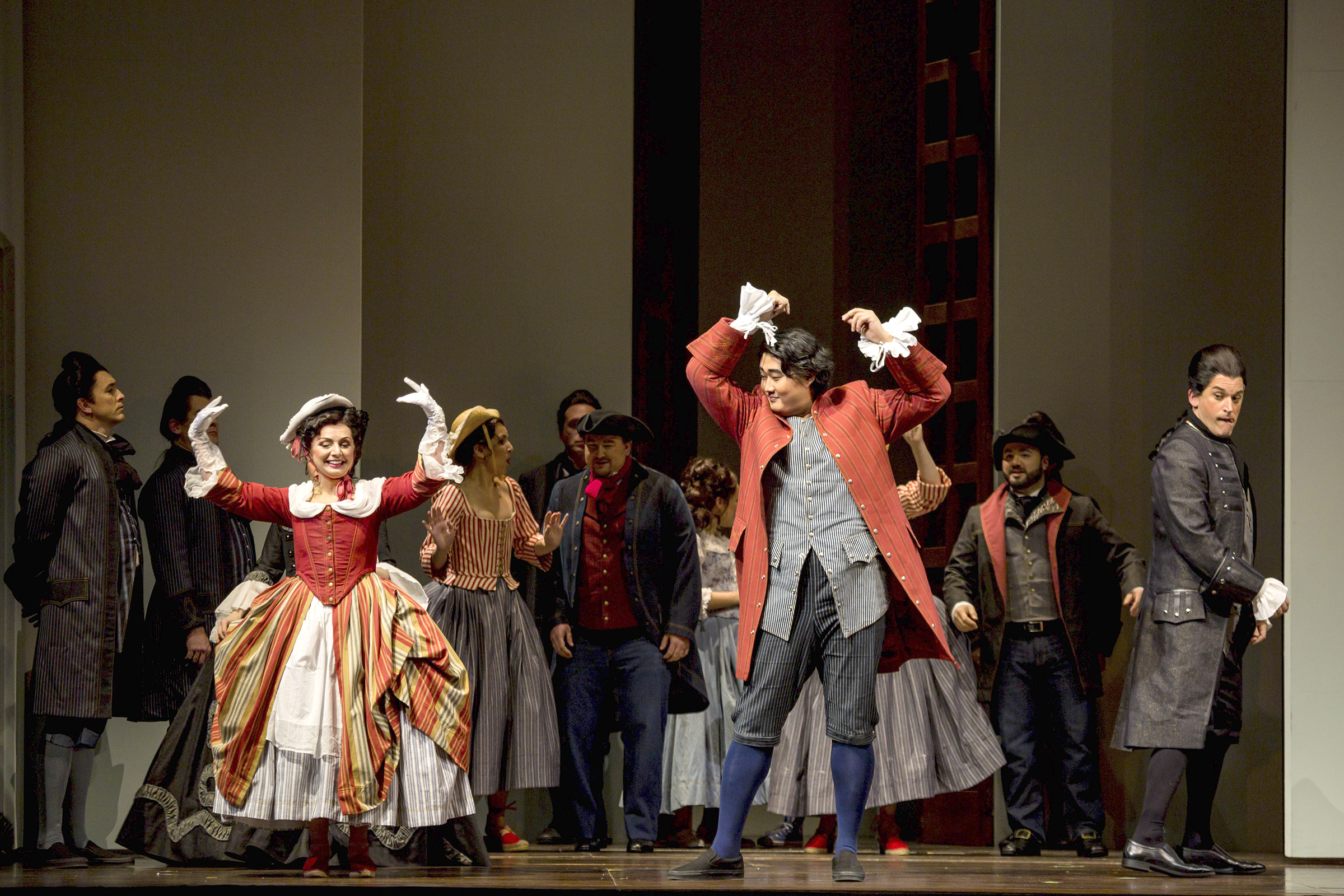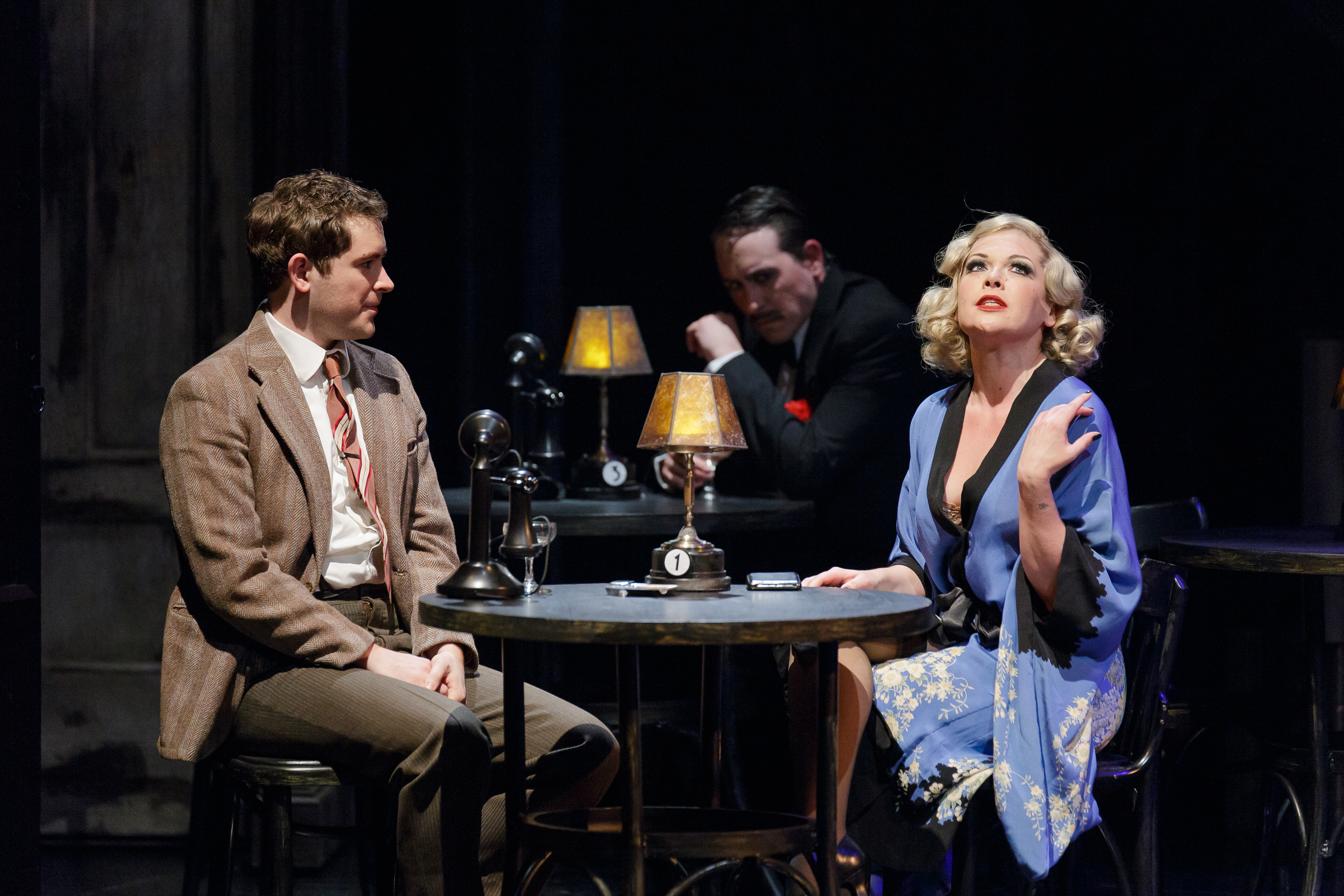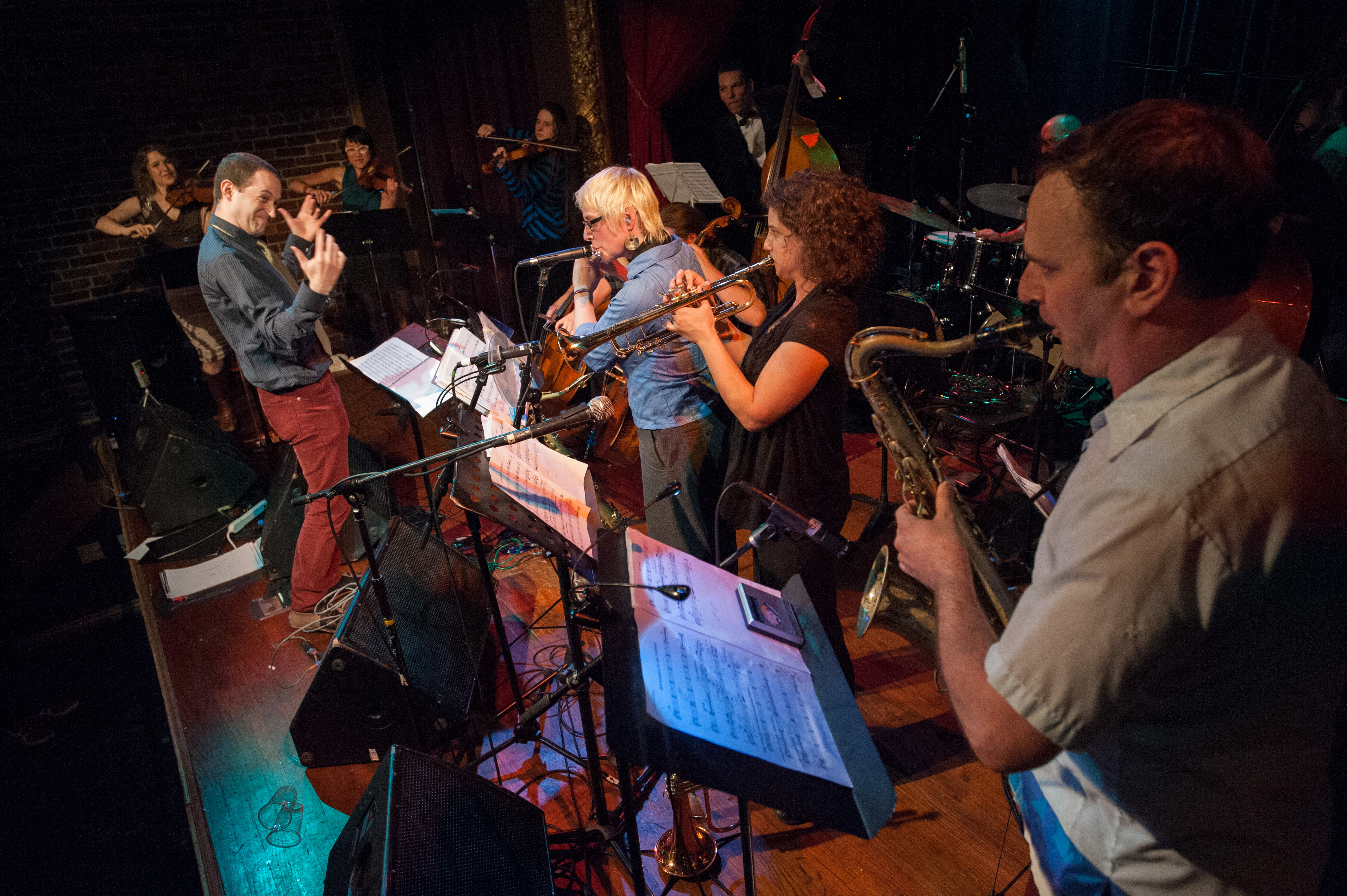I’m not a fan of Alan Hovhaness’ music, but I was curious to hear the professional premiere of his Cello Concerto, written back in 1936. The score had lain silent until conductor Dennis Russell Davies and cellist Janos Starker took it up on March 18 at Benaroya. Maybe the 60-year wait was worth it, to get these two as the work’s champions (not to mention the Seattle Symphony, which has had plenty of experience with Hovhaness).
The concerto couldn’t have posed much technical challenge to Starker—it’s not at all a virtuoso display piece. But it definitely did play to one of his strengths: his firm, eloquent handling of the expansive solo line. Hovhaness’ orchestration was clean, the colors well separated with lots of wind solos. The concerto’s middle movement was a dance in 6/8 time with pizzicato strings providing the gentle, rhythmic impetus, while the outer movements seemed formally based on chorale-like brass and timpani proc-lamations, between which the other instruments drifted in long, cantorial lines.
Seattle SymphonyBenaroya Hall, March 18
Pittsburgh Symphony
Benaroya Hall, March 24
Nothing in the concerto—the modal harmonies, the reverent spaciousness, the meditative drifting—could have come as a surprise to anyone acquainted with Hovhaness’ style. In most cases, naturally enough, a composer’s later works are more satisfying than those from his early years. But in Hovhaness’ case, at least on the evidence of this concerto, his earlier music—works in which he first began to explore these new idioms, before they congealed into easy solutions or gimmicks—remains fresher.
This concerto was just one of Davies’ three offbeat programming choices. He opened with Bruno Maderna’s orchestral transcription of Giovanni Gabrieli’s (1557-1612) brass and choir motet In ecclesiis. Maderna did a careful and straightforward job, but I missed the vocal timbres of the original more than I expected. Bruckner’s Symphony no. 1 is a work of crabbed quirkiness without being, except for fleeting moments, either charming or compelling. Davies’ phrasing, non-indulgent to the point of severity, perhaps held the schizophrenic piece together. The trio of the scherzo, however, fragrant with nostalgia for Schubert-era dance music, was practically lilt-free in Davies’ hands.
What was most striking about the Pittsburgh Symphony, the third splendid orchestra to visit Benaroya Hall in its inaugural season, was the sound of its brass: glowing, plangent, not a bit harsh, and yet viscerally penetrating. The two pieces on the program, Sibelius’ Symphony no. 1 and Berlioz’s Symphonie Fantastique, offered the section plenty of opportunities to dazzle, especially the first movement of the Sibelius and Berlioz’s thundering “March to the Scaffold.” What impressed the most about the orchestra as a whole was its subtly graded, turn-on-a-dime dynamic control, of a level we usually only associate with great chamber ensembles. One magical example: the brief, pale clarinet solo, framed by terrific brass explosions, at the end of the “March.”
“Passionate yet anti-sensual” is how Glenn Gould described the music of Sibelius, and it’s also a fine description of conductor Mariss Jansons’ particular approach to his First Symphony—intensely focused and gripping whether the music was driving or relaxed. Jansons also brought a gorgeous, dreamy buoyancy to the waltz in the Fantastique, possibly the highlight of the concert (even if the brass weren’t involved). The orchestra’s skill eventually got the better of them; Berlioz’s finale, the “Witches’ Sabbath,” was more about brilliance of execution than bacchanalian abandon. Shouldn’t one, come to think of it, come away from a performance of the Fantastique thinking “Berlioz—what a great composer!” not “Pittsburgh—what a great orchestra!”?






